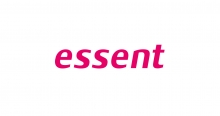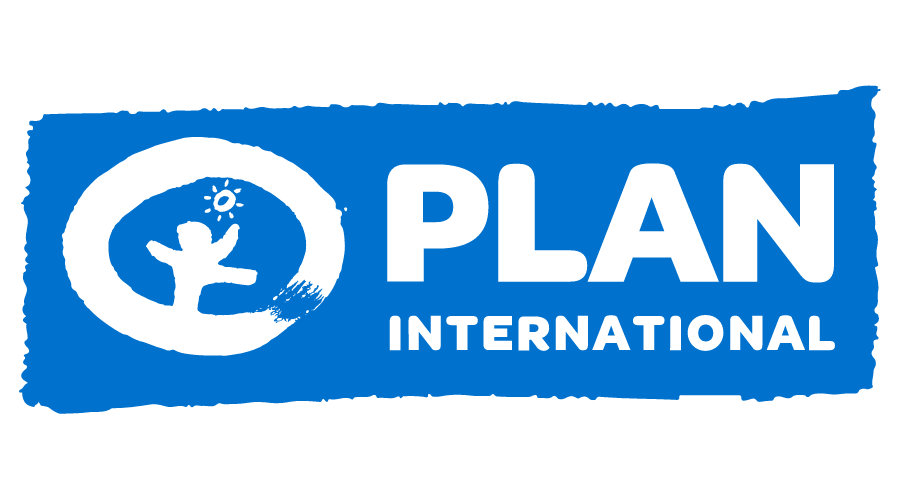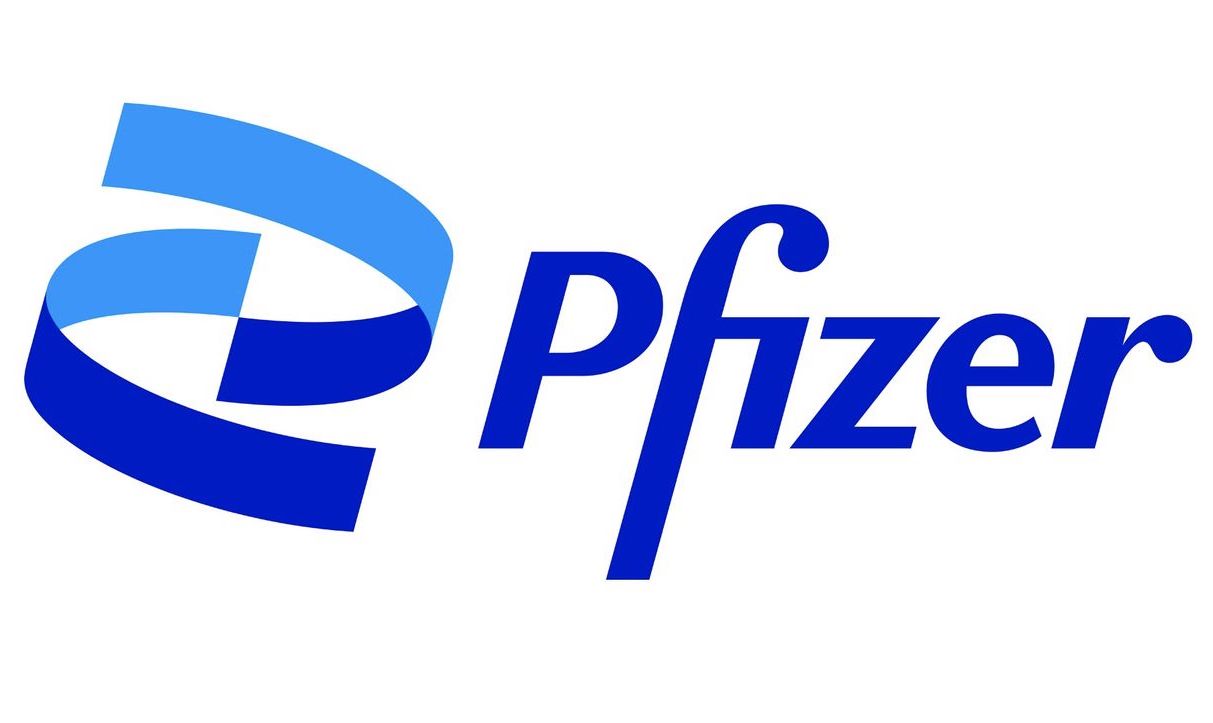Communication during collective dismissal (even more so when the “Wet-Renault” applies) is one of the biggest challenges for the corporate communication department. Rarely are the stakes higher in terms of timing, messages, and stakeholder emotions.
We discuss several important principles and stakeholders in communication about collective dismissal, and also include a checklist for communication departments at the end.
Beforehand: collective dismissal and Wet-Renault
In certain cases, the communication and formal requirements for collective dismissal are determined by the so-called “Wet-Renault”. For communication regarding collective dismissal, the following is particularly important in the case of a Wet-Renault procedure:
- According to the Wet-Renault procedure, the employer is obliged to organize an “information and consultation round” prior to the collective dismissal. During this period, employees must have the opportunity to ask questions and make proposals. Specifically, all communication during this period must be formulated conditionally. So not: “we will close department X”, but rather: “we intend (plan, propose) to close department X”.
- After the information and consultation round, there is also a waiting period of (typically) 30 days. Only then (on “Day Y”) can the company proceed with dismissals.
See the diagram below:

During the information and consultation round, as well as during the waiting period, the company can only communicate the impact of the collective dismissal in general terms and cannot provide clarity to the affected employees.
Step 1: communication during collective dismissal requires a good understanding of emotions and messages (empathy)
Inherent to communication during collective dismissal is that the organization must communicate to two target audiences with conflicting emotions at the same time.
- Departing employees: there is a portion of the staff whose employment is terminated. They must feel that they are being treated fairly, even though the organization is letting them go.
- Remaining employees: at the same time, communication is directed towards the portion of the staff who will continue working. They must accept the decision regarding the collective dismissal and also have sufficient confidence in the management’s future plan.
In the context of the Wet-Renault procedure, this is further complicated because the company is not allowed to provide clarity about who exactly is impacted.
For communication about the collective dismissal, this means that management must manage the following messages and emotions:
Creating urgency
Acceptance of the collective dismissal depends on the credibility of the strategic story that management presents.
Where is the organization today and how did it get there? What are the causes of the difficulties the organization is facing (internally and externally)? What steps did management take in the past to address these external circumstances? Management must create sufficient urgency among the staff so that they can accept that the company is taking this drastic step.
An important challenge here is that the staff sometimes struggles to connect (even major) news events with their own company. In the midst of the coronavirus crisis, when its economic impact dominated the headlines every day, a CEO told us, “our people still don’t seem to realize that everything has changed in just a few weeks, and that this is hitting us hard.”
This may seem surprising, but it is also very human. It is up to management to bring that difficult reality into the picture.
In practice, the organization often relies on financial plans from consultants or the finance department to develop the messages. Without going into too much detail, the main points of the analysis should be included in the communication so that stakeholders feel that the exercise has been based on objective data.
Showing Empathy
As always in crisis communication, empathy is key in delivering this message. Communication here is crucial. Employees should not feel that top management is moving too quickly to business as usual.
Management has often been working on the plans and announcement of the collective dismissal for weeks. For them, being able to announce the downsizing feels like a relief – they no longer have to keep the plans secret. For the staff, the announcement is the beginning of a painful and uncertain journey.
Furthermore, management must understand that some profiles (especially blue-collar workers) experience a large distance from top management. Communication that is overly emotional can come across as lacking credibility (“crocodile tears”). Finding the right balance and tone of voice is crucial.
Building Trust
At the same time, management must appeal to the remaining employees. They must maintain trust in management. More than ever, the company needs the commitment and belief of its employees to navigate through the crisis.
Creating Engagement
After the collective dismissal is completed, the organization must focus on creating engagement within the team.
In Summary
- Create urgency based on objective data
- Show empathy but avoid crocodile tears
- Instill trust in the remaining employees
- Restore enthusiasm and engagement in the team
In the context of communication regarding collective dismissal falling under the Renault Law, management must also provide these explanations to the VDAB (or, if applicable, FOREM, ACTIRIS, or ADG) and the FOD WASO (Federal Public Service Employment, Labor, and Social Dialogue).
It is preferable to establish a working group early on, consisting of members from management, legal, HR, and communication, so that the foundations of communication are laid out from the beginning. This way, the company always communicates with one voice regarding the restructuring.
Step 2: Timing and Audiences in Communication about Collective Dismissal
Who do we communicate with first? That is a difficult question in a reorganization process.
Legally, companies must first inform their employees about the reorganization or (if the Renault Law applies) their intention to proceed with collective dismissal.
In companies with union representation, this means that the company must organize a special works council where the intention for collective dismissal is announced.
Shortly thereafter, top management (preferably the CEO) must inform the entire staff. If the company operates in multiple locations, it is advisable to record a video message explaining the intention of the reorganization.
In this announcement, management provides clarity on the affected departments and the impact on these departments. Middle management responsible for affected departments should preferably be informed before the special works council, so they can answer their team’s questions.
If possible, the affected employees should be personally informed as soon as possible after this announcement that their employment will be terminated. When the Renault Law applies, this can only happen after the consultation and information round and after the waiting period of (in principle) 30 days has ended.
There is always an unavoidable period of uncertainty between the announcement of the affected departments and the certainty that can be provided to the affected employees. This period can range from a few hours to even months in the case of the Renault Law procedure.
Under no circumstances do we recommend announcing a collective dismissal to an entire group or department. It may seem more “humane” to have the uncertainty resolved for everyone more quickly, but except in the case of the closure of the entire company, it is the wrong approach that can seriously damage the company’s reputation. Employees have the right to discuss the termination of their employment personally with their supervisor or an HR employee.
Read more: CEO of scale-up Bird admits that mass layoff via Zoom was the wrong choice. “We should have informed people individually, even if it took days.”
Step 3: Managing Union Activity in Collective Dismissal
Reactions from unions to collective dismissal can take many forms and depend on the personality and “playbook” of the involved union secretary or secretaries.
It is a good idea to look in advance at which secretaries will assist the staff during the period of collective dismissal (especially in the case of a Renault Law procedure) and to review their press releases and social media activity.
Be prepared for the following elements:
Mobilization and emotional language. It is obvious in the interest of the unions to mobilize the staff as strongly as possible, to create a broader support base and to have a stronger position in negotiations. The communication style can therefore become very emotional.
Tactics used in this context include actions on the work floor or at the company’s gate (including media attention), or the termination of discussions with the management.
Reputation as a pressure point. In crisis communication, organizations are more willing to make concessions when their reputation is under pressure. It can therefore be in the interest of trade unions to affect the organization’s reputation.
This can manifest itself in (sometimes publicly discussed) debates about:
- Applicability of the Renault Law or not. When companies have been downsizing for a while and then announce a collective dismissal that just stays below the threshold of the Renault Law, a discussion can arise about the applicability of the Renault Law, which provides much more involvement for the staff.
- Absence or rejection of the recovery plan proposed by management. To increase the reputational pressure on the top of the company, we see that trade unions often reject or downplay the proposed plan of management. “There is no plan.” “This is just the beginning.” “We fear more bad news.” These messages can, among other things, be used to force management to make promises about job security. After all, if there is indeed a strong plan according to management, and there is no reason to fear more layoffs within 2 years, why doesn’t management put it in writing?
- Profitability of the company. “This is purely a cost-cutting exercise.” “This is not about the survival of the company, but about protecting profit margins.” Especially if companies have paid dividends in recent years, this will be brought up in negotiations. This can also be a lever for better conditions for those leaving the company.
In any case, it is worthwhile for a company to proactively invest in a good relationship with trade unions, and if possible, to work on a reputation as an employer that is fair and correct.
In difficult times, the company can then rely on this “bolstering” through messages such as: “as always, but even more so in this difficult period, we will compensate our people fairly/generously/appropriately.”
Step 4: communication about collective dismissal in the media
Companies are not eager to appear in the media with bad news. A point of discussion in communication about collective dismissal is therefore always whether the company should proactively communicate to the media about the intention to reorganize.
Instinctively, most companies prefer not to communicate. It is assumed that the company is too unknown, or the restructuring is too small to generate media attention.
This is not always correct. A brief check in the Belgian media databases shows that even restructurings with 17 layoffs are newsworthy, especially for regional journalists. From 50 layoffs onwards, we see fairly consistent national coverage. Restructurings with more than 100 layoffs are almost always national news, even if the company is unknown.
Regional journalists play a major role in reporting this news, and they are often informed by the union secretary. It is not uncommon for the news to be passed on to the media during or shortly after the special works council.
In general, it is better for a company to disclose bad news itself (“stealing thunder”). This offers the following advantages:
- You ensure that the facts are correct
- You control the timing of your news
- You have a say in the messaging
If a company leaves it to the union to communicate, it can lead to incorrect reporting that is very difficult to correct. Moreover, the tone can become very negative (see point 3: unions).
If there is an 80% chance that the news of your collective redundancy will appear in the media, it is probably better to take the initiative yourself by, for example, sending a short, factual message to Belga. In practice, this is from the moment the company lets go of more than 50 people.
Step 5: dealing with political stakeholders
Political stakeholders are also important in the communication surrounding collective redundancies. Their activity is strongly linked to media attention.
It is best practice to inform local politicians about collective dismissals, especially if jobs in manufacturing companies (blue-collar) are at risk. In the case of major restructurings or closures, it is advisable to inform (the cabinet of) the Minister of Employment.
Collective dismissal and downsizings, especially in the French-speaking part of the country, lead to political activity. Flemish politicians are generally more reserved.
Case: GSK. When GSK announced that it would lay off around 700 people, it led to political competition between PTB and PS in the French-speaking part. PTB and PS mainly focused on the tax benefits that GSK had received from regional and national governments.


PS faction leader Ahmed Laaouej warned that the company cannot dismiss hundreds of employees with impunity, as it has received hundreds of millions of euros in fiscal aid and social security reductions in recent years.
PTB MP Raoul Hedebouw even spoke openly in the Chamber about the company’s ‘social banditry’ and pointed out that the tax reductions that GSK can enjoy were made possible thanks to the support of, among others, the PS.
De Standaard, 07/02/2020
Communication in case of collective redundancy: a checklist
Message house (proactive): the project team (top management, legal, HR, finance, communication) first develops a strategic, fact-based message house that explains the analysis and plan of the management in an understandable way. Try to limit this message house to 3 key messages with underlying proof points. These messages form the backbone of all communication. What is the context, what is the intention of the management, what will be the outcome of this plan?
Questions & answers (FAQ, Q&A – reactive): based on the expected interrogations from stakeholders, the project team develops frequently asked questions & answers.
Media training: not only for media contacts, but also for contacts with unions and internal stakeholders. It is crucial that all spokespersons (internal and external) master the message map and Q&A and can deliver them in a controlled manner to avoid misunderstandings and ambiguous communication.
Briefing (internal): middle management. Just before the special works council, top management briefs middle management on the plans (possibly after signing an NDA), with special attention to the questions and answers prepared by the team.
Announcement (internal): presentation at the special works council: in this presentation, management provides insight into the strategic and financial analysis, the plan, and the proposed redundancies.
Announcement (internal): CEO speech, video: based on the message house but focused on the emotional impact of the announcement on the staff.
Announcement (internal): internal email or intranet message: this ensures that the messaging reaches all internal stakeholders.
Announcement (external – proactive or reactive): press release, reactive statement, holding statement
Announcement (external – proactive): scripts for contacts with customers, associations and federations, political stakeholders, suppliers.
Media monitoring and stakeholder monitoring. On the day of the announcement (+ 2 weeks): provide hourly media monitoring and stakeholder monitoring (websites, social media). Throughout the entire period of the Renault Law procedure: provide periodic media and stakeholder monitoring, especially around consultation moments with unions and other stakeholders.
Support for communication in case of collective dismissal
FINN provides both strategic and operational support for companies that need to communicate about collective dismissals, downsizings and restructurings. Contact us via Kristien Vermoesen (+32 472 924 797) or Raf Weverbergh (+32 475 418 127) or through our contact form. It goes without saying that absolute discretion and confidentiality is guaranteed.
































































































